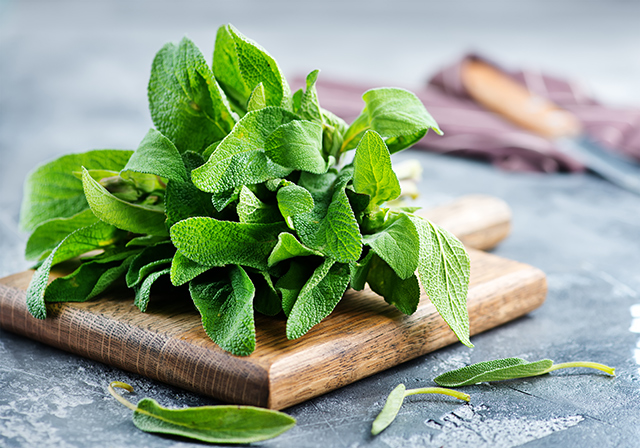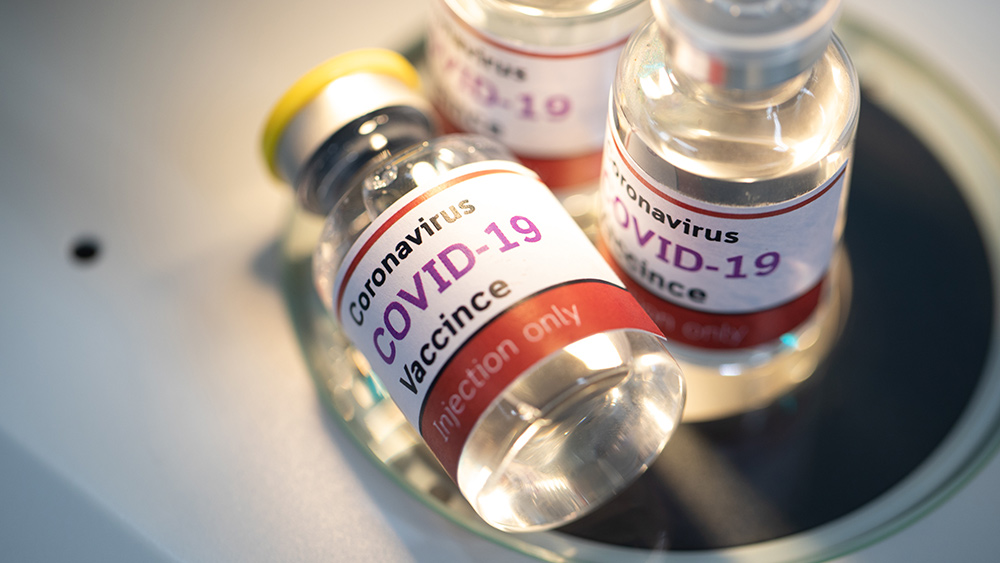Is everyone a little lactose intolerant? The truth about dairy sensitivity and how to manage it
08/07/2025 / By Zoey Sky

- Lactose intolerance means your body doesn’t produce enough lactase (the enzyme that breaks down milk sugar), leading to bloating, gas and diarrhea. Lactose sensitivity is milder because some lactase is produced, but large amounts of dairy may still cause discomfort.
- Gut issues (like infections or antibiotics) can cause temporary intolerance, and lactase production naturally declines with age.
- To manage symptoms without cutting dairy completely, eat smaller portions of dairy spread throughout the day. Pair dairy with other foods (e.g., cheese with crackers) to slow digestion. Use lactase supplements before consuming dairy.
- Support gut health by eating probiotic-rich foods (yogurt, kefir, fermented foods) for better digestion. Increase fiber (fruits, veggies, whole grains) gradually to avoid bloating. Stay hydrated and manage stress, which can worsen digestion.
- Lactose sensitivity is common but manageable. Instead of cutting dairy completely, adjust portions and types of dairy to find what works for your digestion. A healthy gut can adapt with the right balance.
Many people grew up consuming milk, whether in cereal, coffee or a comforting glass before bed. But as adults, many people notice that dairy doesn’t always sit well with them. Experiencing bloating, gas or stomach cramps after a milkshake or a cheese-heavy meal might also make you wonder if you are lactose intolerant.
The truth is, while not everyone is truly lactose intolerant, many people experience periods where their bodies struggle to digest dairy.
According to Amanda Avery, an associate professor in nutrition and dietetics at the University of Nottingham, a human’s ability to process lactose can fluctuate due to diet, stress and antibiotics.
So, what’s really going on, and how can you support your digestive health?
Lactose intolerance vs. lactose sensitivity
Lactose intolerance occurs when the small intestine doesn’t produce enough lactase, the enzyme needed to break down lactose — the sugar in milk. Without enough lactase, undigested lactose moves into the colon, where gut bacteria ferment it, causing bloating, gas, diarrhea and discomfort.
Lactose sensitivity, on the other hand, is a milder reaction. Sensitive individuals produce some lactase, but it’s not enough to comfortably digest large amounts of dairy.
Others may temporarily struggle with lactose digestion due to gut imbalances caused by stress, illness or antibiotics use, causing a condition called transient lactose intolerance.
Interestingly, lactase production naturally declines with age. While babies produce high levels of lactase to digest breast milk, many adults, especially those from cultures with historically low dairy consumption, gradually lose this ability.
According to data, Asian, African, Hispanic and Indigenous populations have higher rates of lactose intolerance due to genetic differences.
People who rarely consume dairy may produce less lactase over time. Additionally, those recovering from gut infections or antibiotic use may temporarily struggle with lactose digestion.
Tips for managing lactose sensitivity
Many people assume lactose intolerance causes severe reactions, but symptoms can be subtle. If you occasionally feel gassy or bloated after dairy, you might have a mild sensitivity.
Avery says cutting out dairy completely can make symptoms worse upon reintroduction of the food to one’s diet, as the gut needs time to readjust. Instead of doing that, she recommends eating only small amounts of dairy in your diet, such as yogurt or hard cheeses, which are easier to digest.
If consuming dairy causes minor symptoms, these suggestions can help you manage lactose sensitivity:
- Start small – If you suspect lactose sensitivity, try smaller portions of dairy spread throughout the day.
- Pair dairy with other foods – Eating dairy with meals, like cheese on crackers or milk with cereal, slows digestion and may reduce symptoms.
- Choose low-lactose options – Hard cheeses, like cheddar, Swiss cheese or Parmesan cheese, and yogurt with live cultures are more tolerable for some than other types of dairy.
- Try lactose-free alternatives – Lactose-free milk and dairy products provide the same nutrients without the discomfort.
- Use lactase supplements – Over-the-counter lactase pills can help you digest lactose when consumed before dairy.
How to support a healthy digestive system
Whether you’re lactose intolerant or just want better digestion, gut health plays a key role. Here’s how to keep your digestive system happy:
Eat probiotic-rich foods
These foods introduce beneficial gut bacteria that aid digestion:
- Fermented foods like kimchi, miso and sauerkraut
- Kefir
- Yogurt with live cultures
Increase fiber intake gradually
Fiber supports gut motility, but too much too soon can cause bloating.
Focus on:
- Fruits (berries, apples)
- Legumes (lentils, chickpeas)
- Vegetables (broccoli, leafy greens)
- Whole grains
Stay hydrated
Water helps fiber move smoothly through the digestive tract and prevents constipation.
Manage stress
Stress disrupts gut function, sometimes worsening lactose sensitivity. Practices like deep breathing, yoga and regular exercise can help.
Check for hidden lactose
Many processed foods contain dairy derivatives, including:
- Breads and baked goods
- Instant soups
- Processed meats
- Salad dressings
Check labels for terms like whey, milk solids or casein. (Related: Prepping tips: How to build a stockpile if you are lactose intolerant.)
Do you need to quit dairy?
Unless you have severe lactose intolerance, you can still enjoy dairy in moderation. The key is listening to your body and adjusting portions accordingly.
If you suspect lactose intolerance, try an elimination test:
- Remove dairy for a few weeks.
- Reintroduce small amounts to gauge tolerance.
For individuals who need to avoid dairy, ensure you’re getting enough calcium and vitamin D from:
- Canned fish with bones (sardines, salmon)
- Fortified plant milks (almond, soy, oat)
- Leafy greens (kale, spinach)
- Nuts and seeds (almonds, chia)
While not everyone is lactose intolerant, many people experience temporary sensitivity. Rather than cutting out dairy entirely, experimenting with portion sizes and types of dairy can help you enjoy its benefits without discomfort.
A healthy gut is adaptable, and with the right approach, you can find a balance that works for you. Whether that means lactose-free milk in your coffee or a daily yogurt for probiotics, small adjustments can make a big difference in how you feel.
Visit Food.news to read stories about foods that can support your digestive health and overall well-being.
Watch the video below to learn more about Organic Crystallized Ginger and how this sweet and earthy superfood can help support healthy digestion.
This video is from the Health Ranger Store channel on Brighteon.com.
More related stories:
Broccoli: The powerhouse vegetable for nutrition and wellness.
The bitter truth: Why black coffee may add years to your life (but lattes won’t).
“Miracle Medicine Foods” by Rex Adams: Rediscovering nature’s pharmacy for holistic healing.
Looking for a healthy non-dairy milk alternative? Try potato milk.
Sources include:
Submit a correction >>
Tagged Under:
dairy sensitivity, diet, digestion, digestive health, food cures, food is medicine, food science, gut bacteria, health science, ingredients, Lactose, lactose intolerance, lactose sensitivity, men's health, natural cures, natural health, natural medicine, remedies, tips, women's health
This article may contain statements that reflect the opinion of the author





















